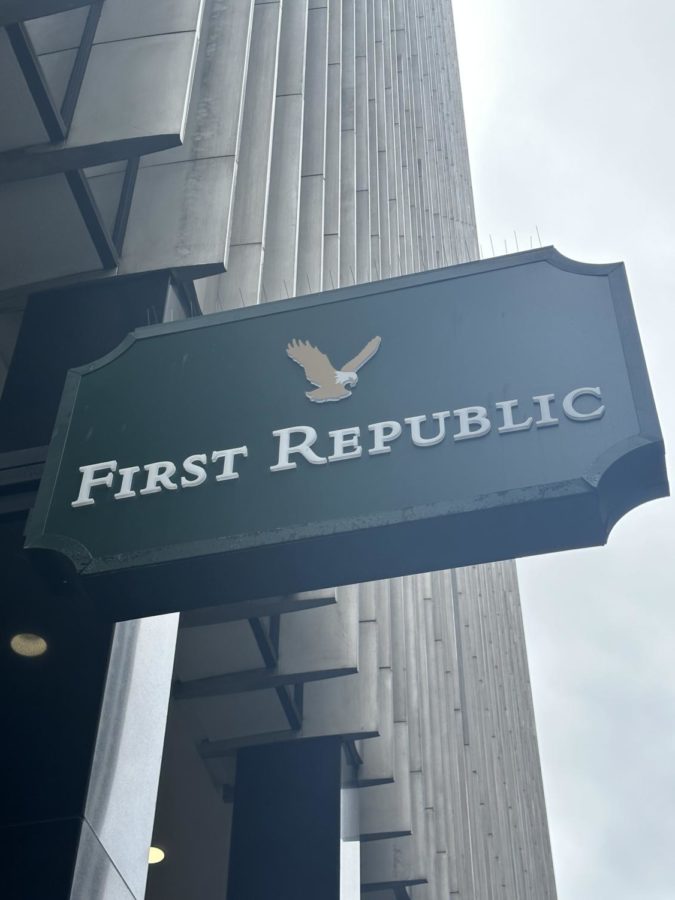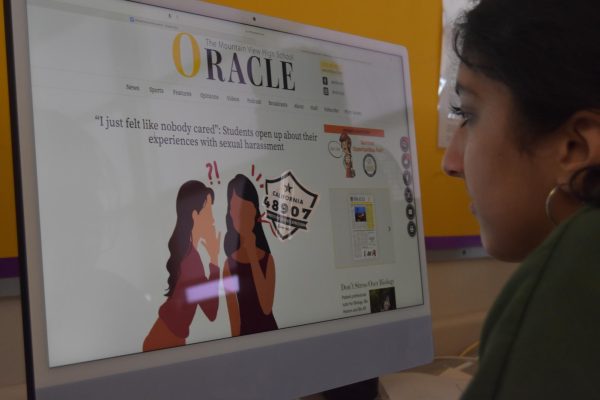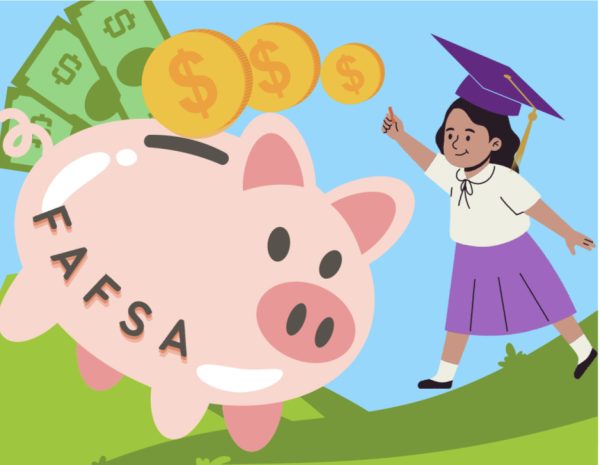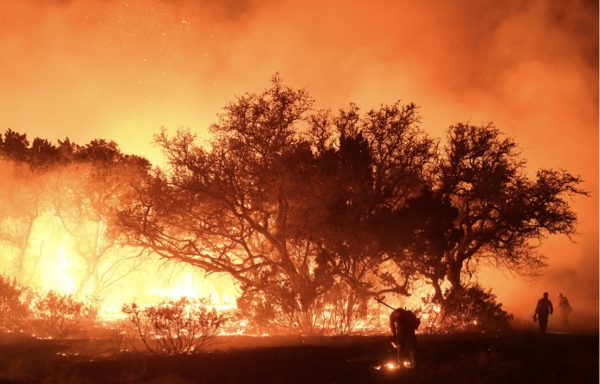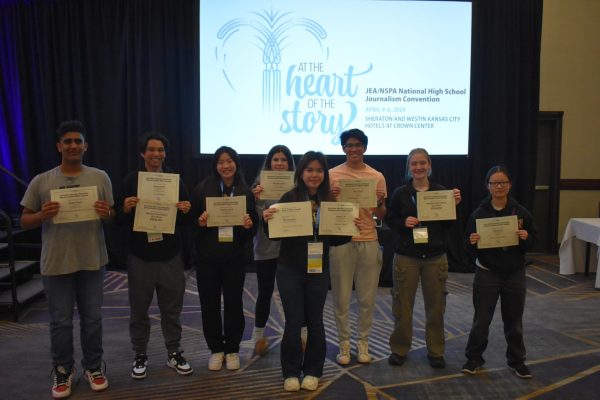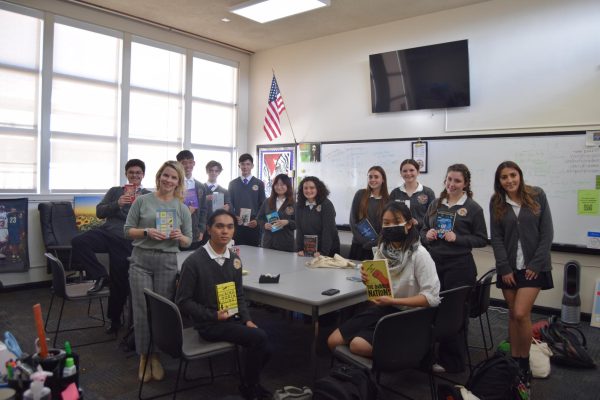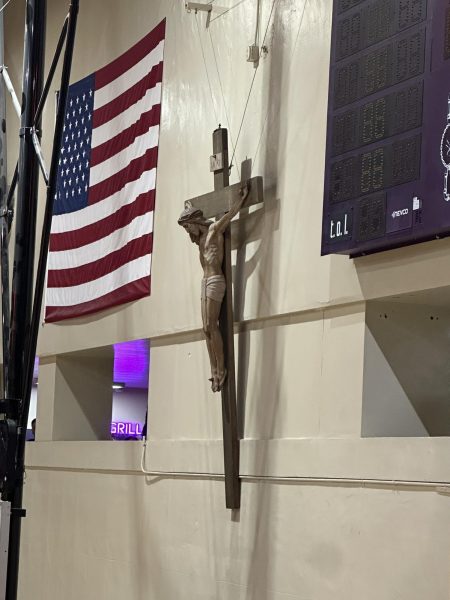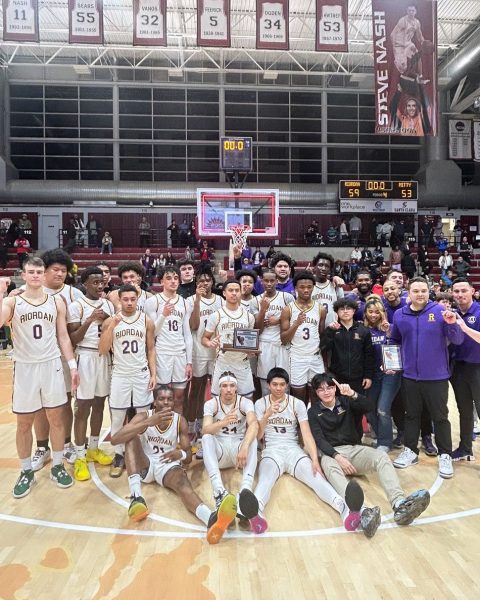String of Bay Area banks collapse
First Republic was seized on Apr. 29.
May 22, 2023
In March, the United States saw its second biggest bank failure with the collapse of Silicon Valley Bank (SVB). The bank was a banker toward 50 percent of all venture capital-funded technology and life sciences companies in the US. Ultimately, a series of events led to the bank’s downfall.
The Federal Reserve started to raise interest rates in order to fight inflation. Silicon Valley Bank’s clients started to withdraw money to meet their liquidity needs.
This was because the high interest rates caused the market for public offerings to shut down many startups and increased the price of private fundraising. Because of the many withdrawals, SVB looked for a way to fund them.
To fund these large withdrawals, SVB decided to sell $21 billion investments which resulted in a loss of $1.8 billion for the bank.
Once SVB publicly announced its $1.8 billion loss, the stock for SVB’s holding company called SVB Financial Group crashed at the market opening.
Many other major banks saw a drop in their stocks and more SVB customers withdrew their money, totaling $42 billion.
On March 10, trading was stopped for the SVB Financial Group Stock. Federal regulators decided that they would take over the bank to find a buyer. Customers were allowed to recover all their funds, including those without insurance after federal regulators announced emergency measures for the SVB failure.
After a few days, SVB Financial Group filed for bankruptcy. SVB was bought by First Citizens Bank.
The collapse of Silicon Valley Bank was the largest bank collapse since 2008 when Washington Mutual imploded.
Two months later the San Francisco based regional bank First Republic closed and was acquired by JP Morgan Chase.
AP Economics teacher Vance Whipple said, “People lose confidence in the banks, they start pulling their money out, and their lack of confidence causes the bank to fail. Both SVB and First Republic had nothing wrong with their basics or financials; it was caused by interest rates going higher.”
Regulators seized control after First Republic’s assets took a hit by the increasing interest rates, making depositors and investors nervous.
Now the 84 First Republic branches will reopen as part of JPMorgan, and the iconic logo of the swooping eagle frequently found around San Francisco will be phased out.


